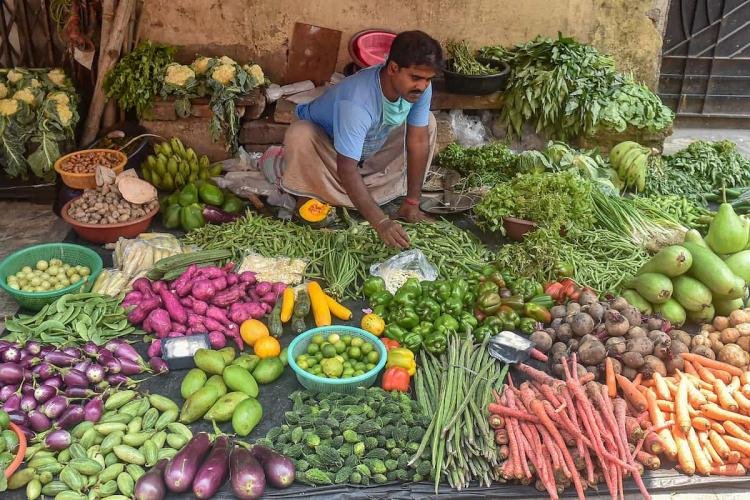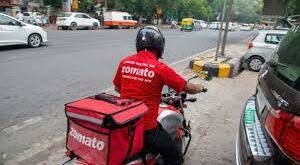
Retail inflation surged to 5.49% in September 2024 from 3.65% in August, according to data released by the government on Monday. The sharp rise was attributed to a significant increase in food prices, pushing inflation well above the Reserve Bank of India’s (RBI) comfort zone.
The consumer price index (CPI)-based inflation had stood at 5.02% in September 2023. However, the latest data from the National Statistics Office (NSO) highlights the mounting pressure on households, driven largely by escalating food costs. Inflation in the food basket climbed to 9.24% in September 2024, compared to 5.66% in August and 6.62% in the same period last year.
The steep rise in food prices was felt across both rural and urban areas. The Consumer Food Price Index (CFPI) showed food inflation in rural areas reached 9.08%, while urban areas saw a slightly higher rise at 9.56%. According to the Press Information Bureau (PIB), essential commodities experienced price hikes, further burdening household expenses.
Despite the sharp spike in food prices, a significant decline in inflation was recorded in key food subgroups such as pulses and products, spices, meat and fish, and sugar and confectionery. This provided some relief, but overall food inflation remains a concern.
In addition to food inflation, the All India Electricity index for September stood at 162.5, with an inflation rate of 5.45%, a slight increase from August’s figures of 162.4 and 4.91%.
The inflation rise aligns closely with economists’ predictions. A poll conducted by Reuters among 48 economists had forecasted retail inflation to land at 5.04% for September 2024. However, the actual figures surpassed these expectations.
The RBI, which kept the key short-term lending rate unchanged earlier this month, has been tasked with maintaining inflation at 4%, with a margin of 2% on either side. The central bank expects inflation to ease after a period of higher readings and forecasts the average inflation rate to be 4.5% for 2024-25. Last week, the RBI shifted its monetary policy stance to neutral, signaling that rate cuts could be on the horizon once inflation stabilizes.
This rise in inflation comes at a critical time for the Indian economy, as households brace for further increases in the cost of living, particularly as essential food items become more expensive.
Sources By Agencies
 Digital Scoop India Official Platform of Digital Scoop India Featuring Latest & Best News #Articles #Bytes #Entertainment #DigitalScoopMagazine
Digital Scoop India Official Platform of Digital Scoop India Featuring Latest & Best News #Articles #Bytes #Entertainment #DigitalScoopMagazine



